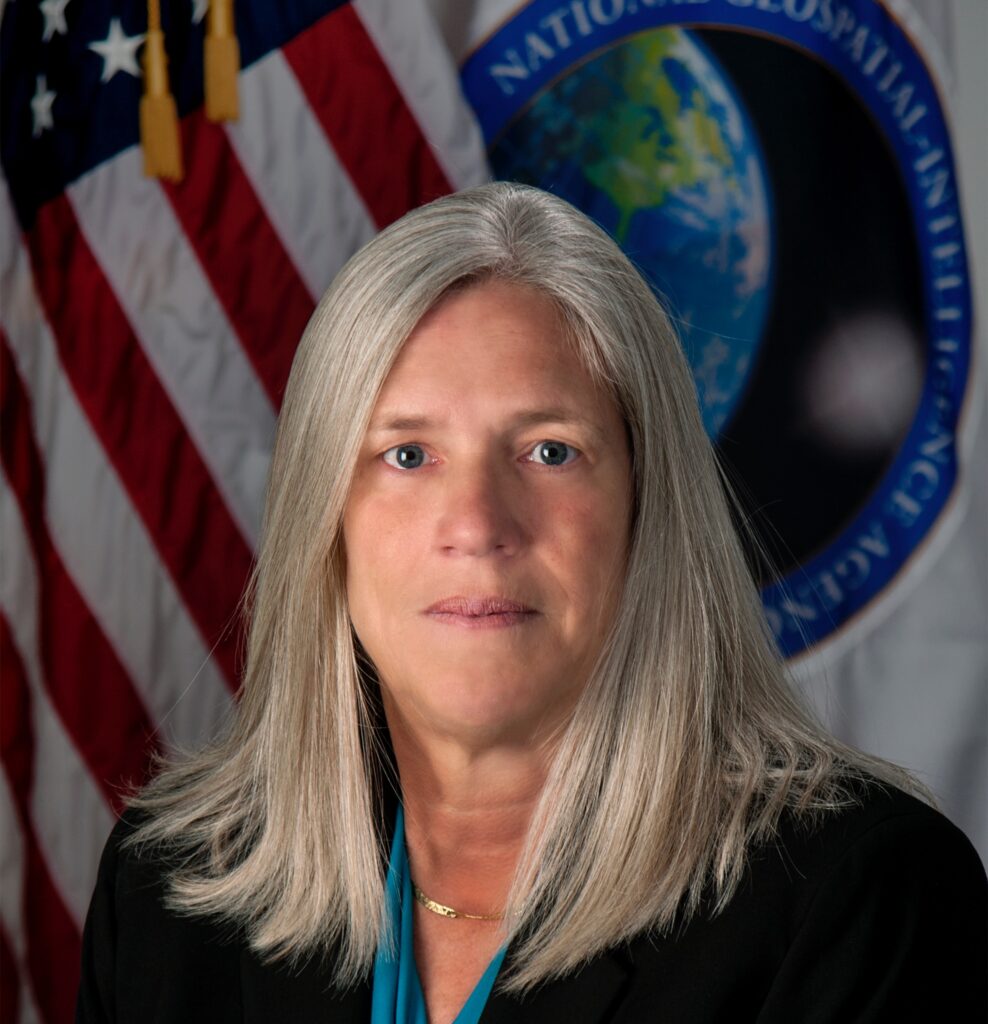NGA Presses To Speed, Improve Acquisition, Requirements
Posted on

Sue Gordon, NGA Deputy Director
GEOINT: Improving how the National Geospatial Intelligence Agency develops requirements and communicates them to industry — and within the agency — is a top priority for the NGA, according to its deputy director.
The agency clearly wants to hear from industry just what it can do to improve its acquisition system. It held an open event with Sue Gordon, the dynamic No. 2 at NGA, and three senior acquisition officials where the audience of mostly industry folks attending the GEOINT conference was asked to grade how well NGA was doing in its interactions with industry.
How’re they doing? While I missed some of the panel, the general reaction from the audience of roughly 150 people was good natured, with few red cards waved when Gordon asked for reaction.
The reason is simple. The Intelligence Community does not have a formal requirements process, as does the Pentagon. Sloppy, misunderstood or unvetted requirements make it more difficult for industry to respond to the agency and can greatly complicate the efforts of NGA contracting officers when it comes time to issue a contract, Gordon told the audience. “I’m giving us a C-minus at best on that,” she said.
“I think the reason there’s so much frustration with the clarity of our RFP is because we we still have work to do on our requirements process,” she told me after the presentation.
What are the problems? A company comes in and talks with someone to try write a contract to try and procure it. “Then you give it to our acquisition officials to try and get the contract written, but they haven’t been in the room while you’ve been having these discussions. So the contracting officer doesn’t understand at all what you two were talking about,” Gordon noted.
Gordon said that finding talent as “our biggest challenge as a collective,” in response to an audience question about whether NGA targeted contractors’ employees and tried to recruit them. How many people is NGA short? Karen Hayes-Ryan, a longtime NRO employee who is now top acquisition official at NGA, told the audience there are a respectable 900 vacancies at NGA right now.
One issue that arose during the session was the perceived difficult of industry getting to talk with senior NGA acquisition officials. But Hayes-Ryan, to some amused audience reaction, noted that the intelligence agency holds monthly meetings with anyone in industry who want to talk. And, guess what? “We haven’t been able to find 10 companies who want to meet with us,” she noted.
Some of that may have to do with the fact that smaller companies don’t have people with time to track NGA announcements, but the agency does have a point that it’s got a fairly open door and not that many companies are walking through it. And if you’re a specialty business looking to sell geospatial services or hardware to the US Intelligence Community, you’d better know enough to know where to start looking.
To make things easier for smaller companies and to speed acquisition reform, NGA created a new acquisition effort called CIBORG (Commercial Initiative to Buy Operationally Responsive GEOINT). The idea is to speed purchase of commercial data by partnering with the General Services Administration. NGA Director Robert Cardillo said at GEOINT that it will be ready for business early next year.
Also, NGA and its sister agency the National Reconnaissance Office want to produce what they call ‘one-pagers” which they’ll combine with short videos explaining just what is needed for an acquisition program. Combine all of these and the Intelligence Community may well begin to speed and improve acquisition. In a time of flat or declining budgets that cannot be bad.
(This story was reported during GEOINT 2016 in Orlando.)
Subscribe to our newsletter
Promotions, new products and sales. Directly to your inbox.
